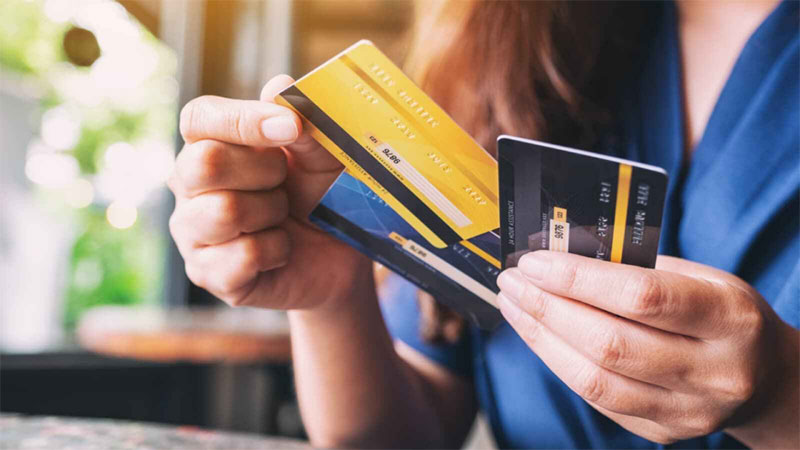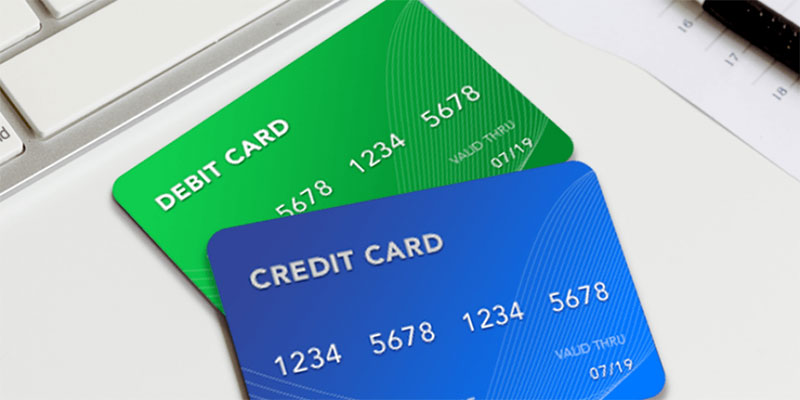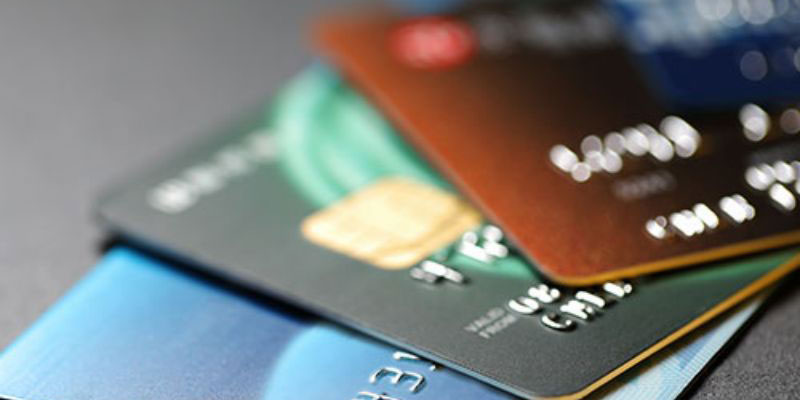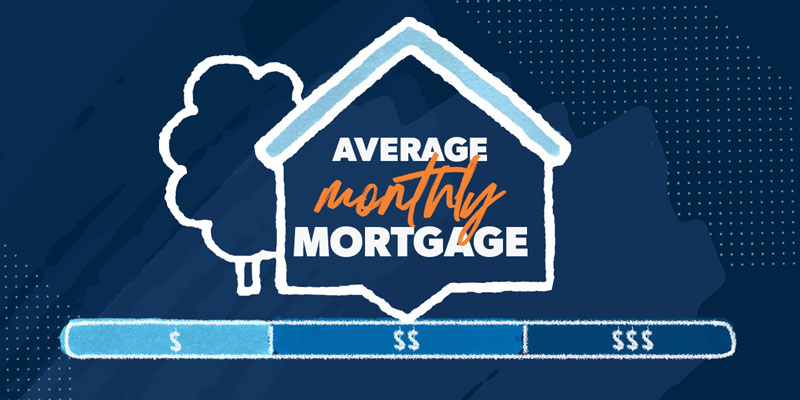A debit card is a type of payment card that instantly transfers funds from the cardholder's bank account to the merchant's. You may use these cards, which are also known as "check cards" and "bank cards," to make purchases, withdraw cash from an ATM or add money to an existing transaction at any store that accepts these cards.
What Is the Function of a Debit Card?
Credit card companies like VISA, MasterCard, and Discover work with debit card companies to ensure that their cards may be used everywhere that accepts the main credit card brands.
To make an in-store purchase using a debit card, you may either swipe it, insert it, or utilize contactless pay, just like you would with a credit card. To complete the transaction, you'll insert your personal identification number (PIN) into the reader machine; however, some establishments may accept a signature instead. A personal identification number (PIN) serves as an additional layer of protection.
After a bank has confirmed that you have sufficient funds for the purchase, the transaction is processed. If you check your bank statement after making a purchase, you may notice the status "pending," which implies the funds have been deducted from your account but have not yet been transferred to the merchant. The transaction will look successful if the bank processes your payment and transfers it to the retailer.
You can always use your debit card to make purchases or withdraw cash from an ATM as long as sufficient funds are in the account to cover the transaction.
Some financial institutions may let you overdraw your account up to a specific limit as long as you have the money in a savings or emergency fund. However, as a general rule of thumb, you should only use your debit card if you have the required funds available in your account.
Types of Debit Cards

There are primarily four different kinds of debit cards. Usually, the organization issues the card that makes the most distinction between the many kinds.
Regular Debit Cards
These are issued by a financial institution and can be used to access funds in a savings or checking account. They may be used anywhere that accepts credit cards, usually with a VISA, MasterCard, or Discover logo. It also functions as an ATM card, allowing you to add money to or take money out of your account at any ATM worldwide.
ATM Cards
Atm cards, like ordinary debit cards, are issued by financial institutions and are associated with particular checking and/or savings accounts. On the other hand, they can only be used at ATMs to withdraw cash or, in certain situations, make deposits. Both in-store and web-based purchases are invalid.
Prepaid Debit Cards
A prepaid debit card is a debit card that is linked to a bank account that you already have, but it is not provided by the bank itself. On the other hand, these cards need prepayment before they may be used. In most cases, you can use the card just like a debit card; however, there may be fees associated with specific purchases or transactions.
Electronic Benefits Transfer (EBT) Cards.
These debit cards are issued by government entities and are used to access social services. Benefits from programs like SNAP are loaded onto the card and dispersed at the end of each month. Customers using EBT cards can use them at stores that accept them to pay for goods and services that have already been pre-approved.
Credit Cards vs. Debit Cards

A credit card provides you with access to a line of credit that may be used to make purchases. You can repay the portion of your credit fund that you utilize over time through the use of recurring monthly installments. In exchange for assuming the financial responsibility of your purchases, the credit card issuer will assess interest fees for your outstanding debt.
Put simply. A debit card is not the same as a credit card. In its place, it will utilize the funds you have on deposit to pay for purchases or give you cash at ATMs.
Costs Associated with Using a Debit Card
In most circumstances, using a debit card won't cost you anything; however, there are exceptions:
Overdraft Fees
There can be a charge if you make a purchase that puts you above your spending limit.
ATM Fees
Withdrawals from ATMs that are part of a bank's network are often free of charge. When using an ATM that isn't part of your bank's network, you will be informed of any charges that may be incurred.
Account Holds
If you pay for a hotel stay or car rental with your debit card, the company may put a hold on your card for an amount greater than the transaction amount. Until the hold is removed, a lesser amount will be available in your account.
The Pros and Cons of Debit Card
Debit cards are useful tools for managing money, but they also come with some risks. You should learn the benefits and drawbacks of these cards so that you can make educated financial decisions.
Pros of Using a Debit Card:
- There are no yearly fees
You won't have to pay an annual fee for using a debit card from your bank or credit union.
- Convenience
It's possible to use a debit card at any of the millions of locations that accept them, including stores, websites, and ATMs. Even electronic wallets can have them added.
- Budgeting
Debit cards allow you to make purchases without having to withdraw cash from an ATM, which might help you stick to your budget.
Cons of Using a Debit Card:
- They do not come for free
Monthly maintenance fees are common for prepaid debit cards. When you go over your budget, it's not uncommon for your bank to impose an overdraft fee. The usage of an ATM outside of your bank's network will cost you extra money.
- Usually, it's best for small purchases
Using a debit card to pay for groceries is convenient, but buying a new flat-screen TV could seriously drain your savings.
- The risk of going into debt increases
The ease of using a debit card might tempt people to spend without giving much thought to their remaining funds, which can quickly eat away at a well-calculated budget.
In Conclusion
You can get a debit card if you have a checking account with a bank or credit union. It functions similarly to a credit card in that they can use the card to withdraw cash from an ATM or make purchases with the money they have in their account. The connected account's balance is deducted instantly or within a short time period to accurately reflect the available balance for spending.
The cardholder cannot accrue debt when using a debit card, unlike when using a credit card, with the possible exception of modest negative balances that may be incurred through overdraft protection. Due to daily transaction limits, using a debit card for a very expensive purchase may be impossible.
A debit card is most useful as a cash withdrawal tool or for making inexpensive transactions. Not only does this prevent you from getting into debt (because you can only spend what you actually have), but it also has no positive effect on your credit score. Using a credit card can be more convenient for significant purchases that you either cannot or do not choose to pay for in full immediately.




